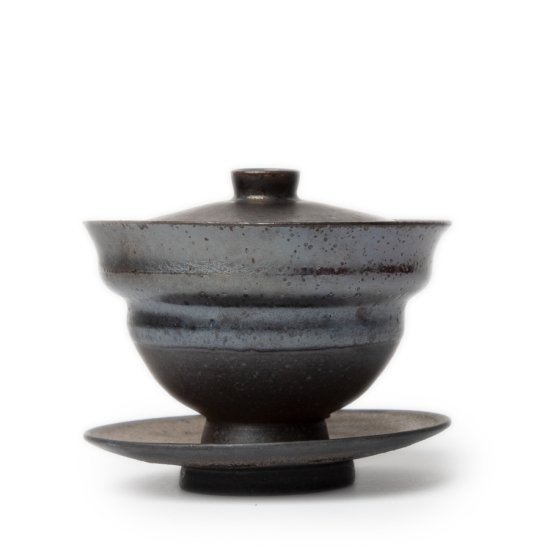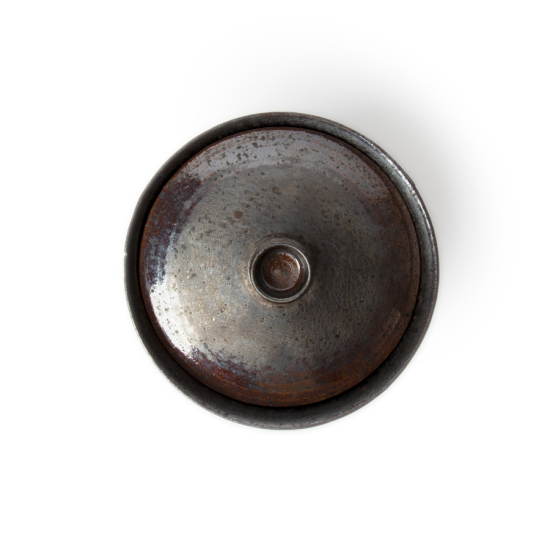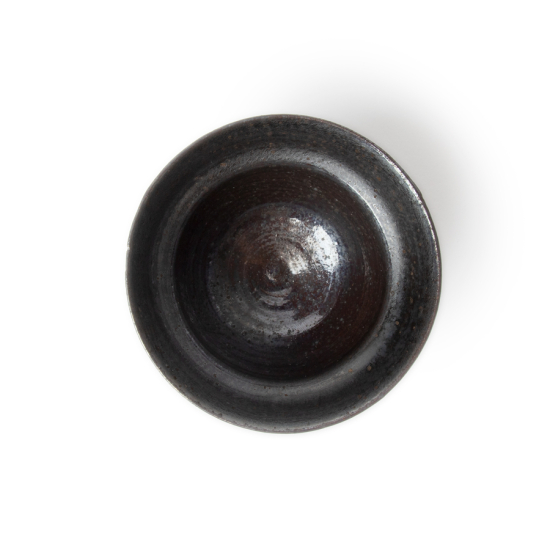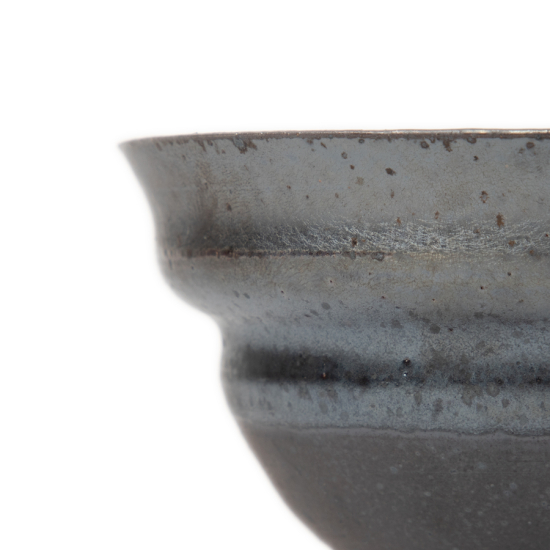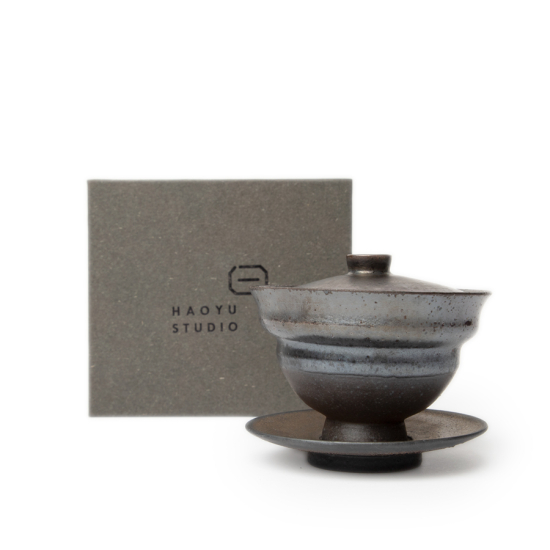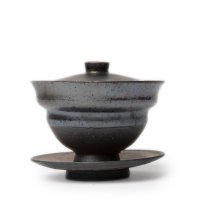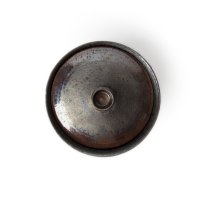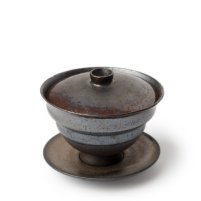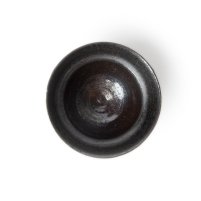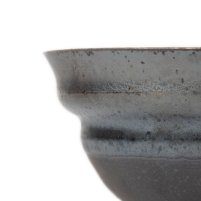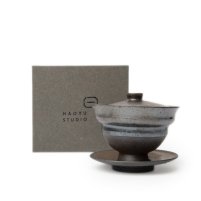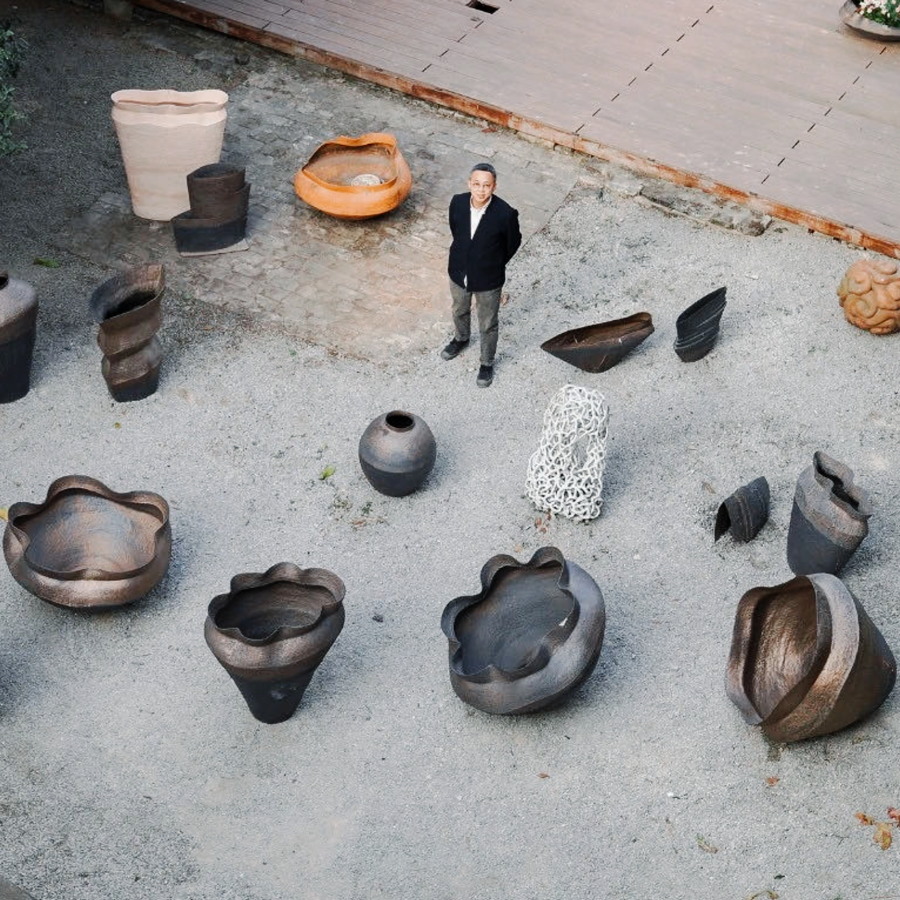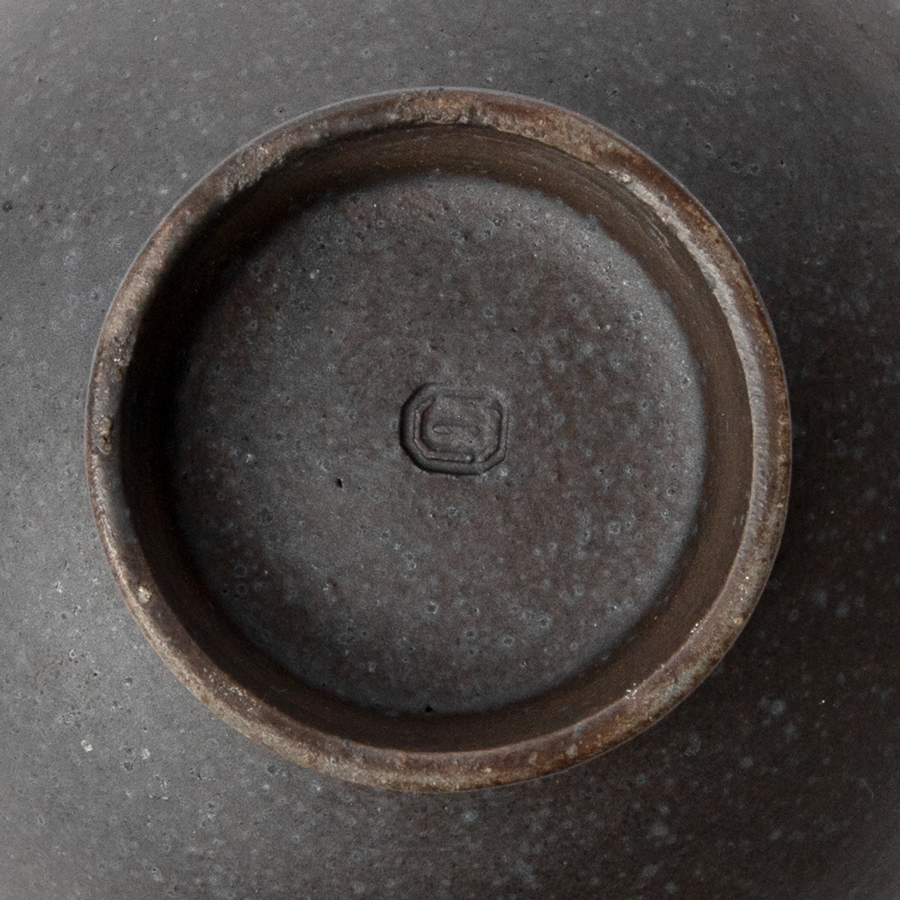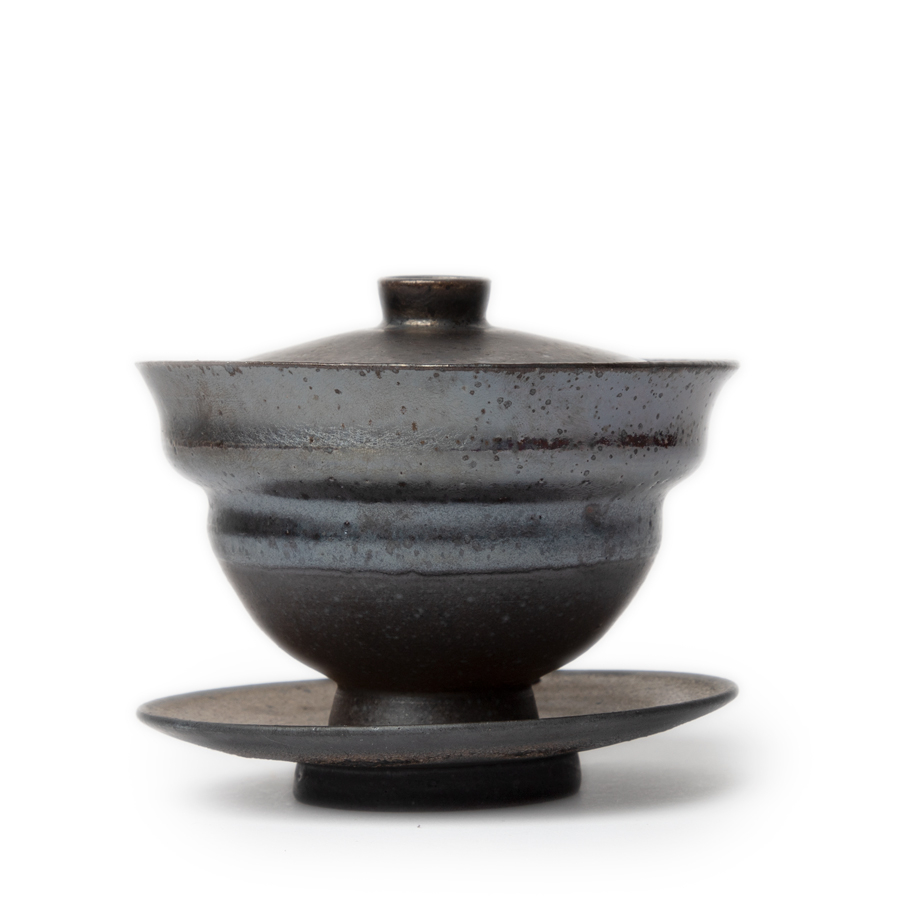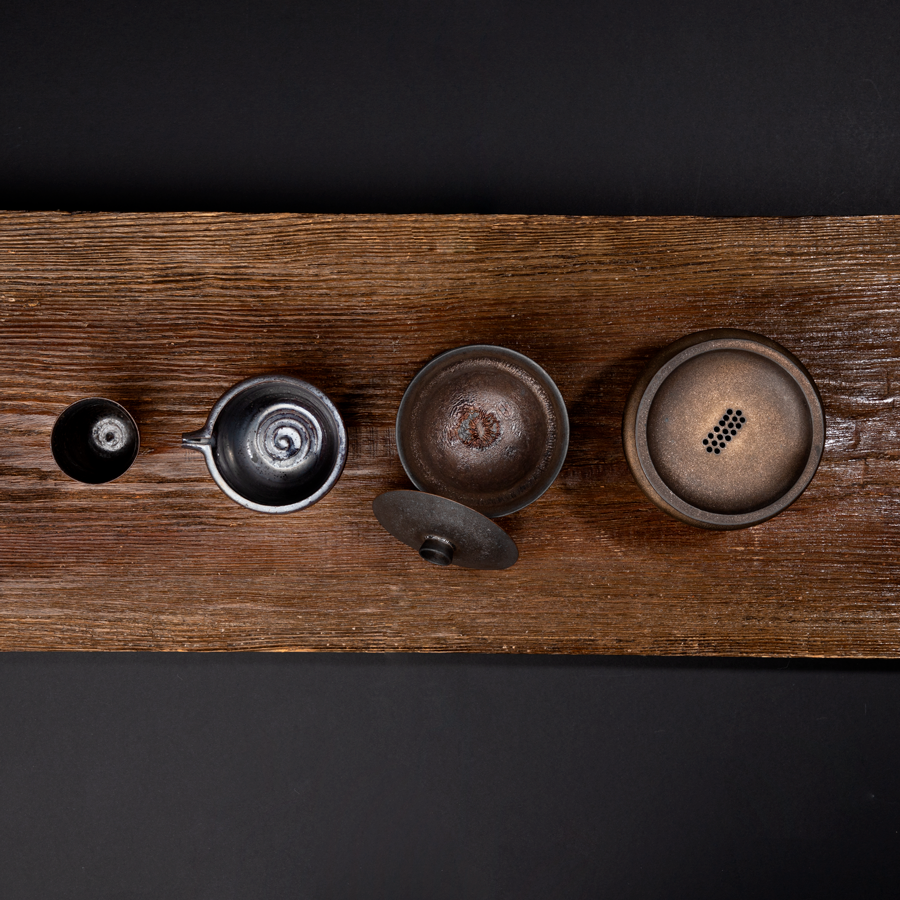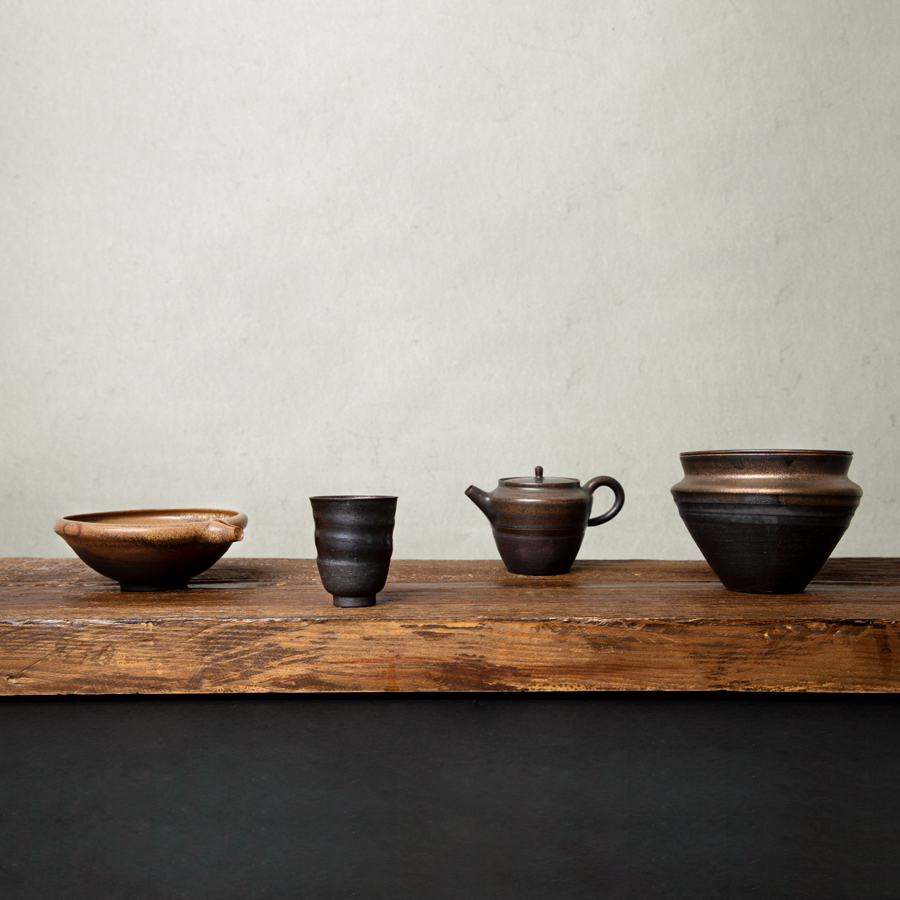Wash by hand with warm water and a soft cloth or sponge, using a mild detergent if necessary. Do not put in the dishwasher or microwave.
Gaiwan
Kong Qu
Wu Haoyu
SKU
7057
Yoshi En has recently grown out of Sunday Natural to become an independent premium tea store. As part of this transition, some products may still be shipped in Sunday Natural packaging.
A filigree gaiwan of incredible delicacy and lightness, handmade by famous Chinese artist Wu Haoyu, using specially collected Nixing clay from the mountains of Guangxi province. Designed for authentic Chinese tea ceremonies, such as Gongfu; can also be used in informal settings. Kong Qu (空曲) means a high, steep mountain peak and poetically describes the gaiwan's steep, vertical, almost rocky aesthetic.
| Product | Gaiwan |
| Artist | Wu Haoyu |
| Origin | Nanning, Guangxi |
| Dimensions | Ø9.5cm x 7.6cm |
| Volume | 150ml |
| Weight | 100g |
| Material | Ceramic from Nixing clay |
| Artist stamp | Stamp of the studio on the bottom |
| Packaging | Beautiful gift box |
Each piece is handmade and unique. Colour, weight and dimensions may vary.
In stock



